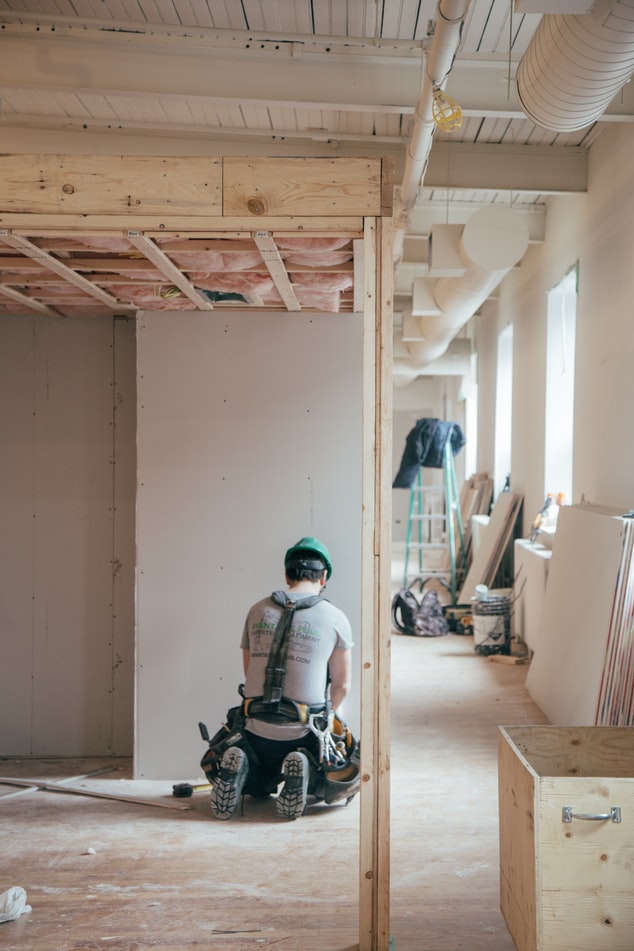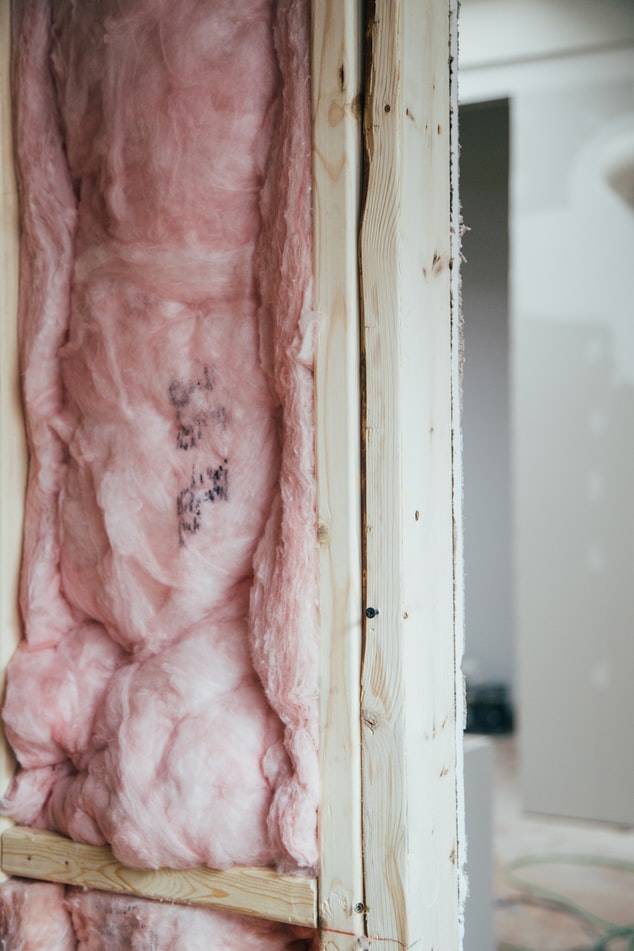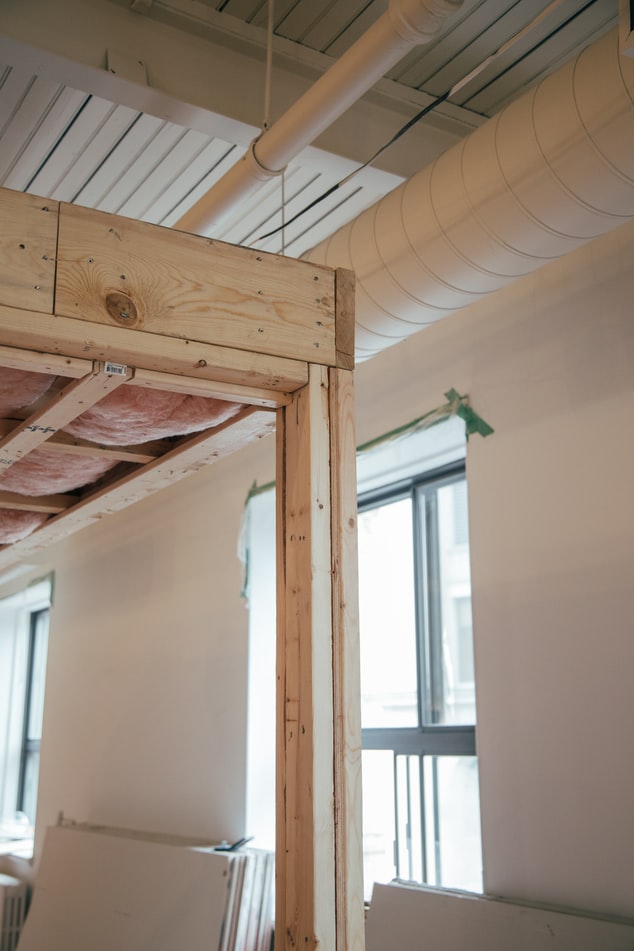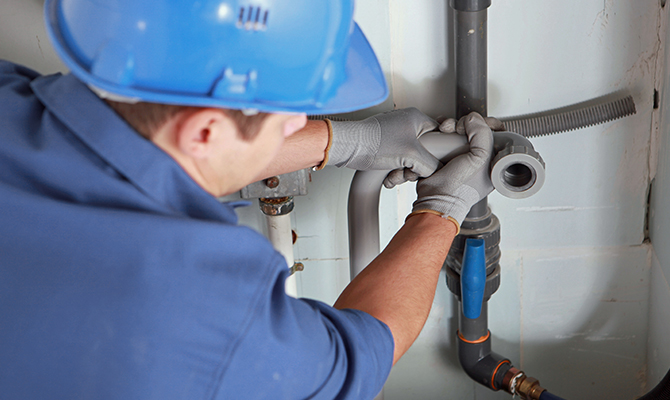6 Things to Remember When Using Batt and Roll Insulation Products

Batt and roll insulation are among the most well-known types of insulation solution. Keep reading to find out why!
 Photos By: Unsplash
Photos By: Unsplash
Batt and roll insulation are likely the first thing you think of when you envision insulation products in your head. Among the qualities that make batt and roll insulation popular are their eco-friendliness, adaptability, and ease of installation. Both are ideal insulation solutions for those who are just beginners at home improvement projects.
Most batt insulation and roll insulation products are within the same price range, and both tend to be very affordable. There’s also enough variety in terms of material and R-value to give you a lot of great choices. But what should you remember about these products when it’s time to choose and install them in your home? Here’s a brief guide on some of the most important things you need to know about these items.
Find the Right R-Value for Your Application
When you buy either batt or roll insulation, you may notice that the products are labeled with an R-value. R-value is a measure of the product’s capacity to resist heat transfer. The higher the value is, the better the product will be at insulating the space.
Thus, the products that have the strongest insulation properties are those with R-values of 30 upwards. But this doesn’t mean that you always need to buy the products with the highest R-value because it also depends on how they’ll be applied. For example, an insulation product with a value between R30 and R49 is best applied on an attic, where much of the home’s heat is contained. On the other hand, R11 insulation can be used to improve acoustics on walls. It’s best to check the manufacturer’s instructions on how to use the batt or roll insulation product you’re buying. Your supplier should also be able to tell you about which R-values are recommended per application and according to the guide on climate zones provided by the US Department of Energy.

Check the Size of the Insulation Product
Both batt insulation and roll insulation fall under the category of blanket insulation. This is a type of insulation that consists of flexible fibers, and it’s usually applied on unfinished walls. The main difference between batt insulation and roll insulation is their size. Batt insulation is a type of blanket insulation that’s installed in pieces, while roll insulation consists of one long piece that’s installed continuously. There’s no fixed answer about which one is better than the other. Both are quite effective at insulating a variety of spaces. But it may be easier to install batt insulation over roll insulation, and vice versa, depending on your space constraints. See which one will fit more snugly over the space and which one will sufficiently cover its gaps.
Pay Attention to the Material the Insulation is Made Of
Another factor worth looking into is the material the insulation is made of. Both batt insulation and roll insulation are made of different types of material. Examples are fiberglass, cotton, and mineral wool (also called stone wool). Before you settle on a product, you may want to look up the different pros and cons of each material. You’ll find sufficient information about the product’s insulation properties, as well as any installation difficulties or health risks associated with them. You will definitely need this information to make the best choice for your project.
Choose Between Kraft-Faced and Unfaced Insulation
Another quality that you may see advertised in either type of insulation product is whether it’s “faced” or “unfaced.” What do these terms mean? Most of the time, they’re not common knowledge for the average homeowner doing home renovations. Faced or kraft-faced insulation comes with additional foil or paper material to counter moisture. Thus, faced insulation is often installed by those who want an additional vapor barrier to their space. Unfaced batts or rolls don’t come with this layer. But whether you should use faced or unfaced insulation boils down to your individual application. In some climate zones—particularly the colder or wetter ones—using faced insulation is the wiser choice.

Seal Air Leaks Before You Install the Insulation Product
Installing the product isn’t the only thing you should be doing to improve your home’s insulation system. No matter which type of blanket insulation you choose, it will be for nothing if there are still gaps in the space where air can escape. Before you install your new batts or rolls, make sure to check the space for any gaps or cracks on the building envelope or on the interior walls. Seal them off so that no air escapes, and so that your new insulation system can be as efficient as you need it to be.
Seek Professional Assistance If Needed
Lastly, when in doubt, don’t hesitate to seek the help of an insulation expert. It’s true that batts and rolls are among the easiest types of insulation product to install. But you may need a little more advice on their application, especially if this is your first time working with them. If you’re not confident about how well you’ll do the job, hire someone who can assist you. It may cost a little extra, but that’s a small price to pay compared to additional home repairs or sky-high energy bills.
Final Words
Batt insulation and roll insulation are both great choices for your next DIY insulation project. What matters is that you choose your products carefully and install them accurately. That’s how you can make the most out of them, and how you can keep your home environment properly insulated, healthy, and comfortable!







Leave a Comment